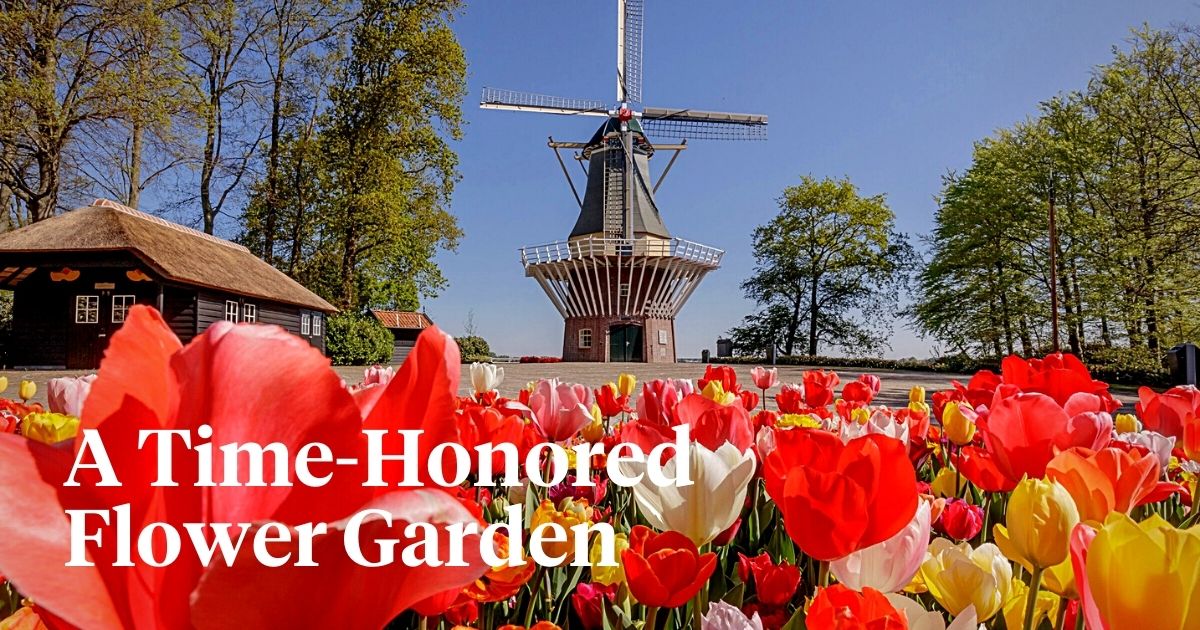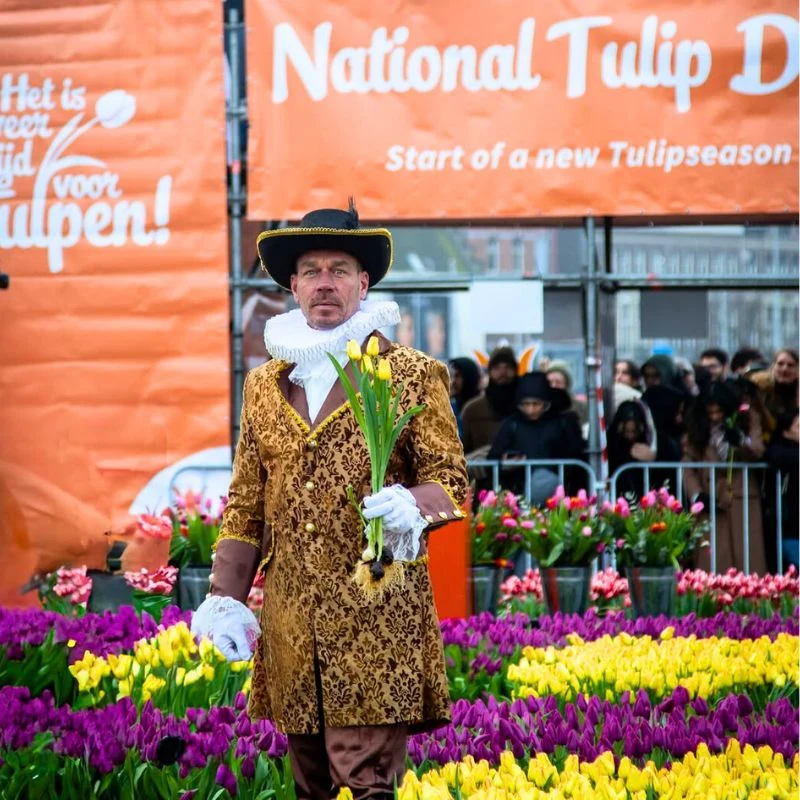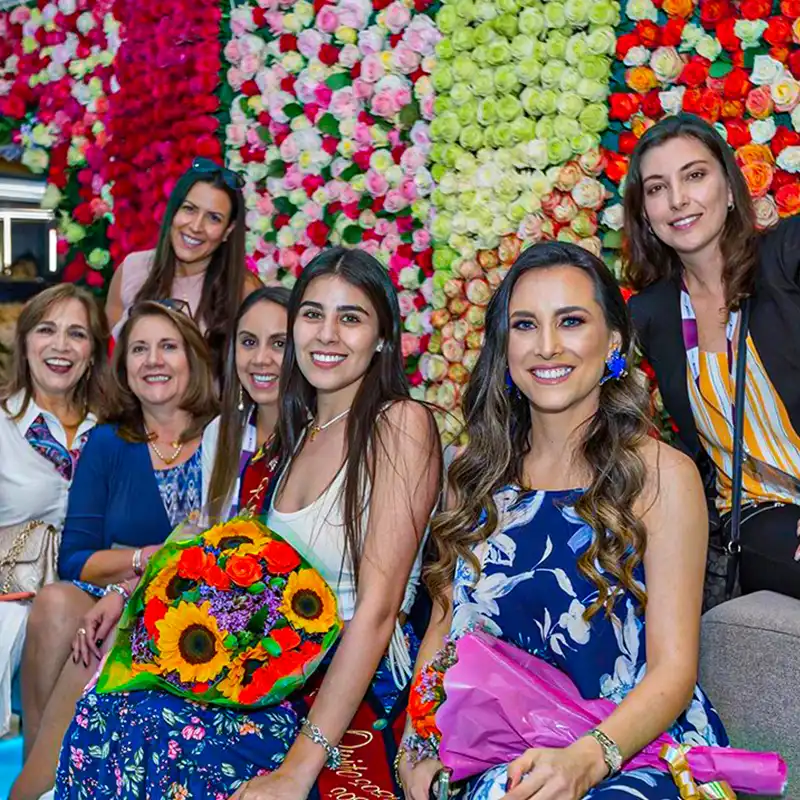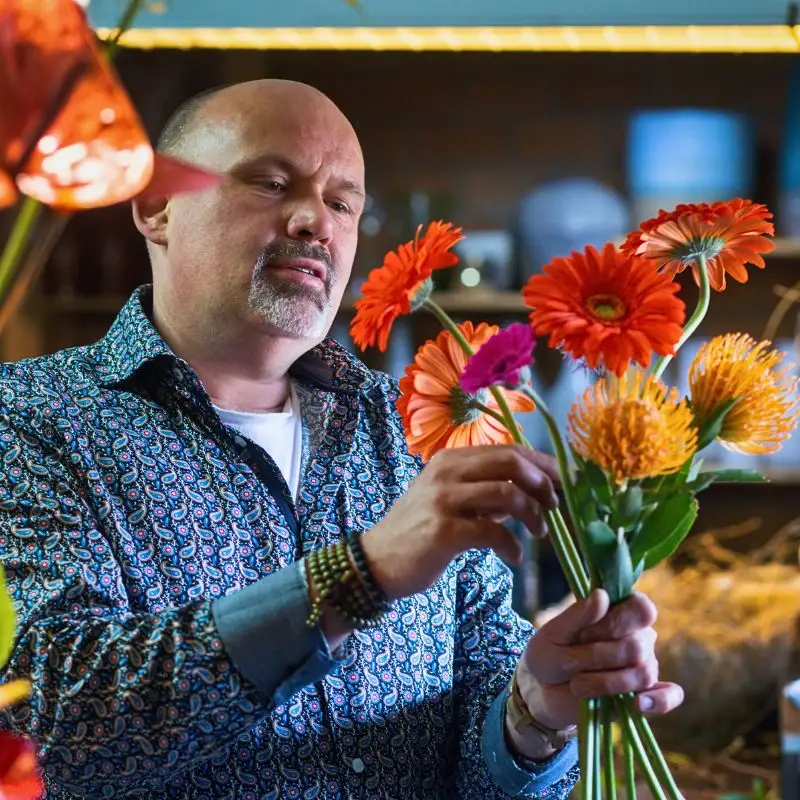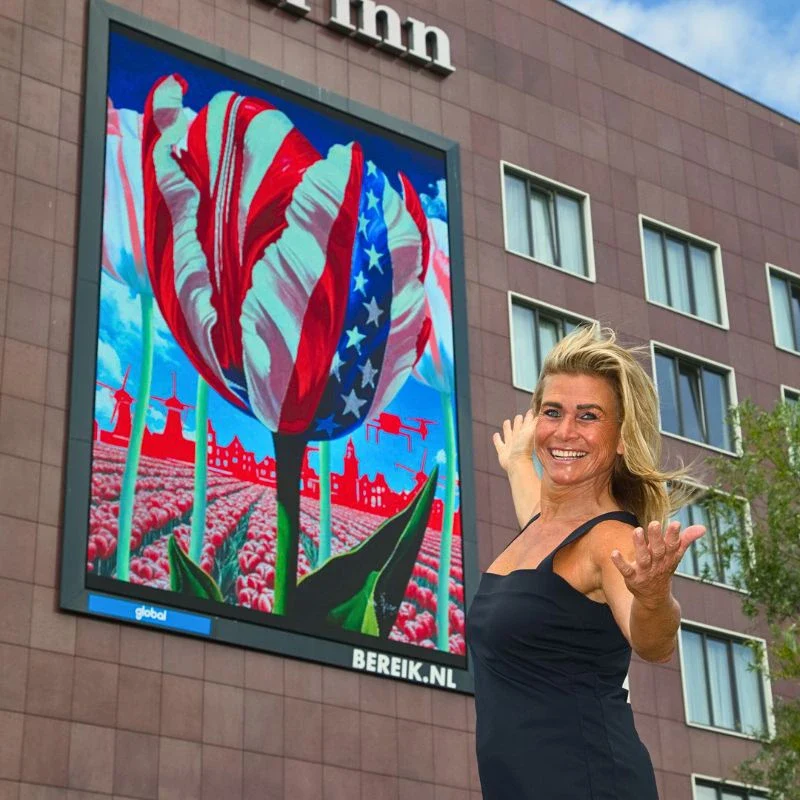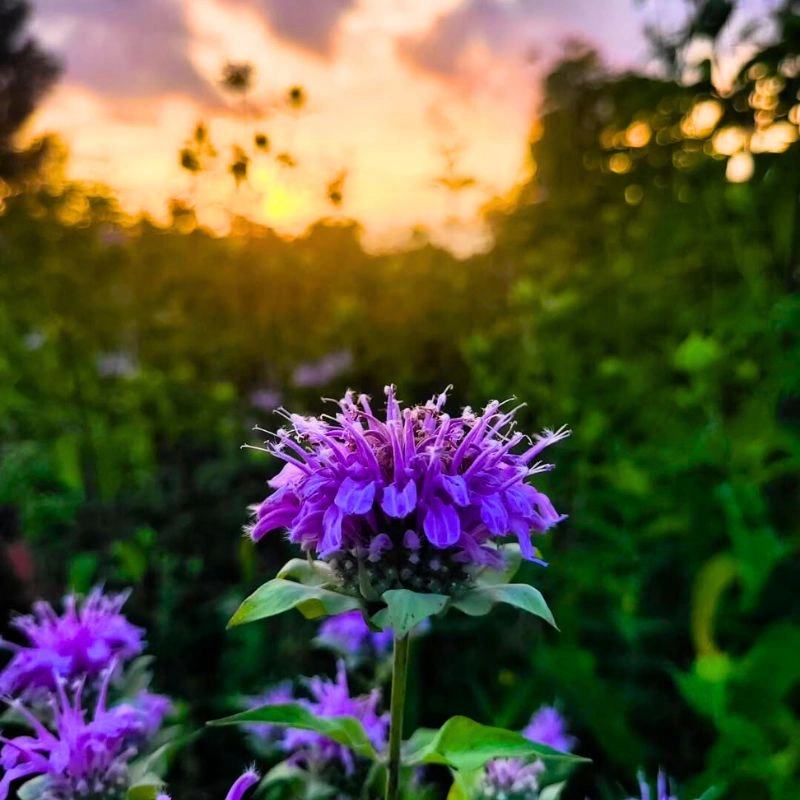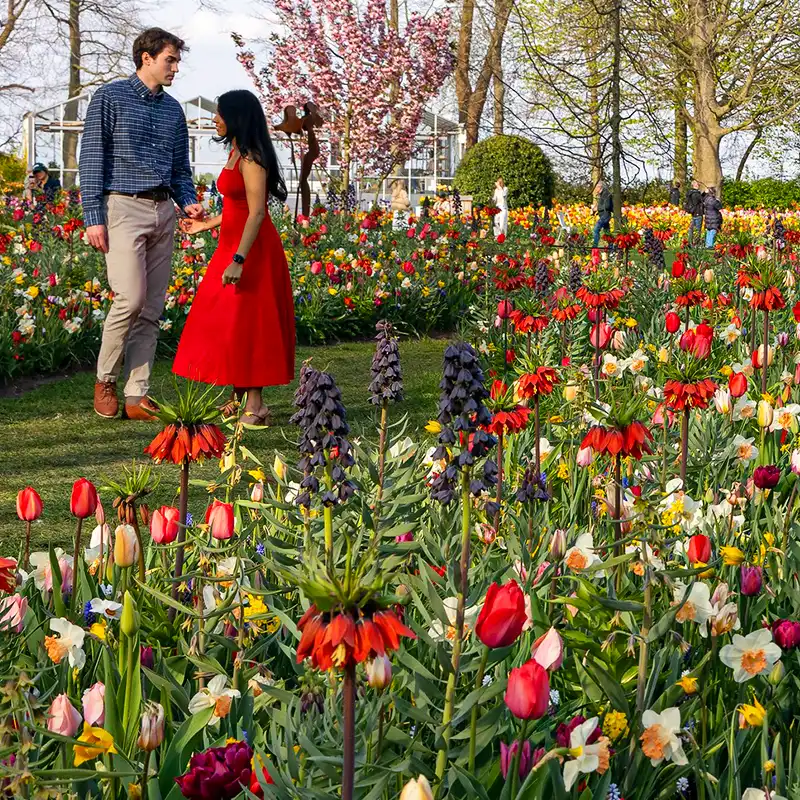Every year in Spring, the enormous gardens of Keukenhof flare up in floral colors fascinating audiences with its seemingly ethereal beauty. The extravaganza draws millions of visitors from all across the globe. And this year is no exception, as the world-famous garden marks its 75th anniversary.
To celebrate this milestone, it would therefore be wise to explore the rich history behind the remarkable gardens; documenting its being from humble beginnings to its current form decades later. Still, the ‘Garden of Europe’ holds its actual magical charm and continues to bedazzle guests just as it did years ago.
From Hunting and Gathering Grounds to a Floral Idyll
Keukenhof's story begins in the 15th century, within the hunting grounds of Slot Teylingen, a castle belonging to Countess Jacoba van Beieren (Jacqueline of Bavaria). She has been Keukenhof’s face for years. During the 15th century, she owned the area where the garden is currently located.
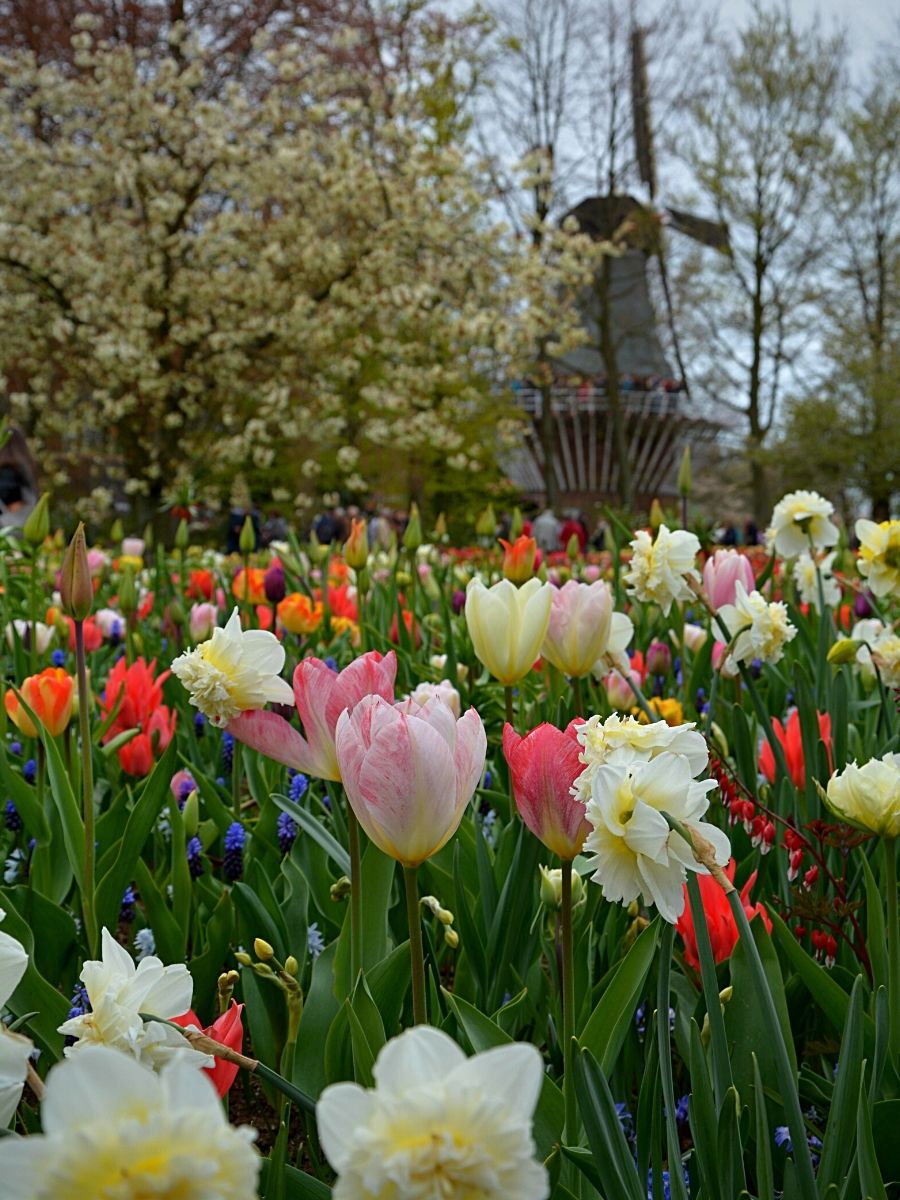
Photo by 17248532
The Countess was born in 1401 and died in 1436. She ruled over Holland, Zeeland, and Hainault from 1417 to 1433. Hardly was there a dull moment in her, somewhat, tempestuous life. She was married four times, spent several years imprisoned, and was even exiled to England. Her, often, combatant demeanor did not spare, even, her former husbands. In 1433, she was forced to surrender her counties, thereafter she withdrew from the public eye and died of tuberculosis, aged just 35, not far from Keukenhof.
Back then, Keukenhof featured pristine nature used for hunting and collecting herbs and vegetables. This is where the name 'Keukenhof' (kitchen gardens) comes from, as the big estate garden provided game, fruit, and vegetables for her castle's kitchens.
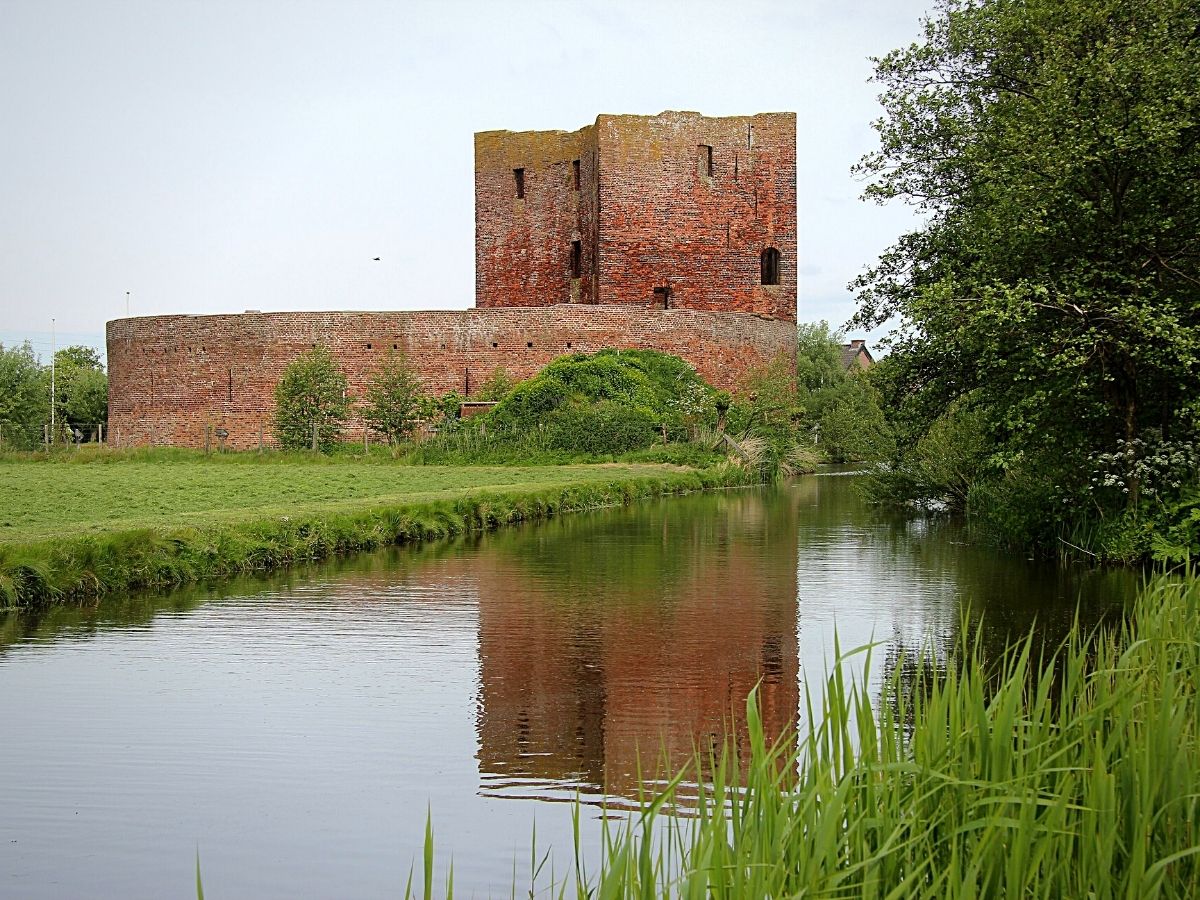
Photo by Bic on Wikimedia Commons
In 1641, the estate was acquired by Adriaen Maertensz Block, who at the time was the governor of the Dutch East India Company. Block had a manor house constructed on the grounds. At the time, he named the manor Keukenhof - nowadays, it is known as Castle Keukenhof (Kasteel Keukenhof). The castle, which still stands today, is located to the southwest of the Keukenhof Gardens.
Over the subsequent years, the estate changed hands several times. But in the 19th century, it was acquired by Baron and Baroness Van Pallandt. In 1857 they hired David Zocher and his son - the landscape architects responsible for the Vondelpark in Amsterdam - to restructure and redesign the gardens in the English style.
The gardens surrounding the castle, accordingly, underwent a significant transformation. They infused Keukenhof with the English landscape style that remains its foundation today, characterized by rolling hills, winding paths, and natural-looking water features.
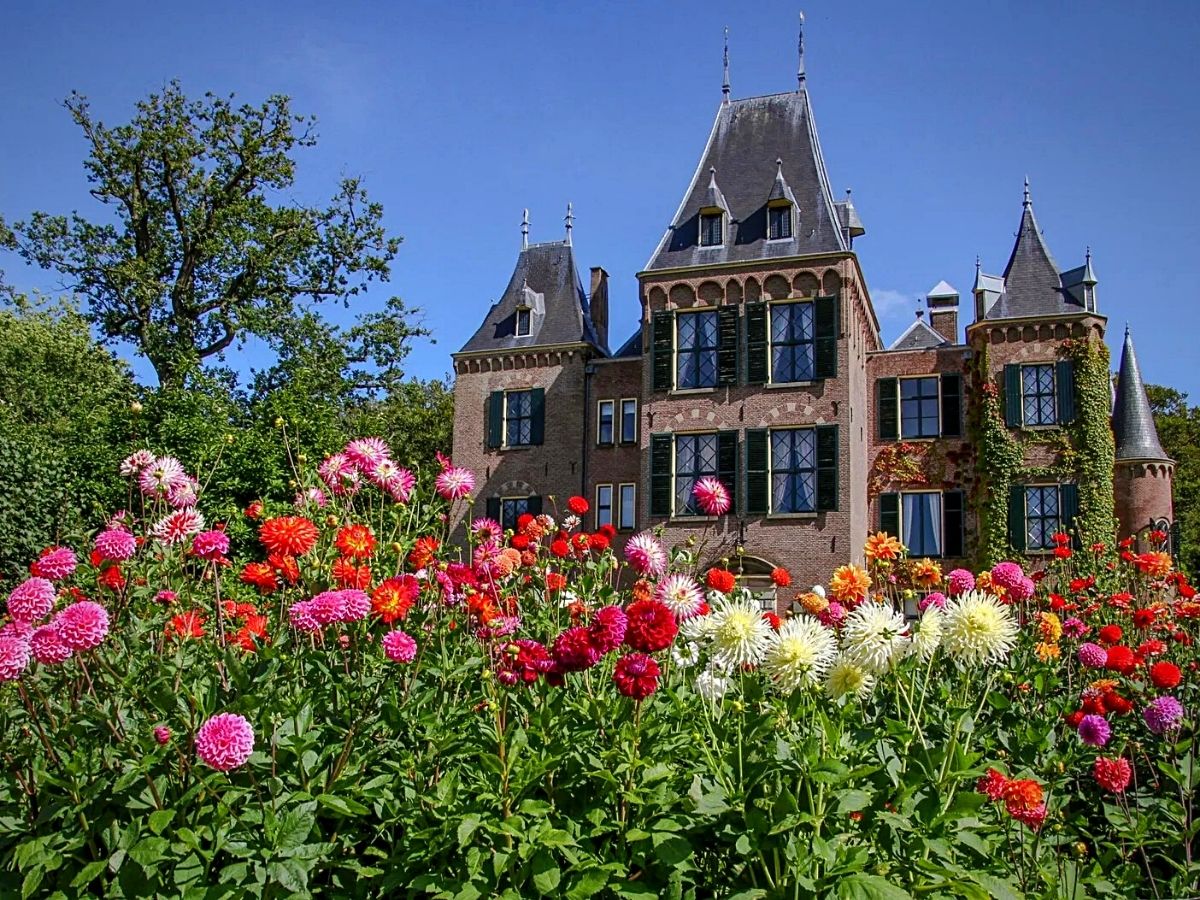
Photo by Visit Duin- en Bollenstreek
The seeds of Keukenhof, as we know it, were sown in the aftermath of World War II. In 1949, a group of leading Dutch flower bulb growers and exporters envisioned transforming the Keukenhof estate into a vibrant spring exhibition. They picked the ideal location, which was the gardens surrounding Keukenhof Castle. Their idea materialized in 1950 when Keukenhof opened its gates to the public.
The inaugural year’s event attracted an impressive 236,000 visitors. Over the subsequent decades, Keukenhof witnessed steady growth in both popularity and size. New pavilions showcasing diverse flower varieties were constructed, themed gardens were introduced, and the volume of blooming bulbs increased significantly. This year, around 1.4 million visitors came to see the park..
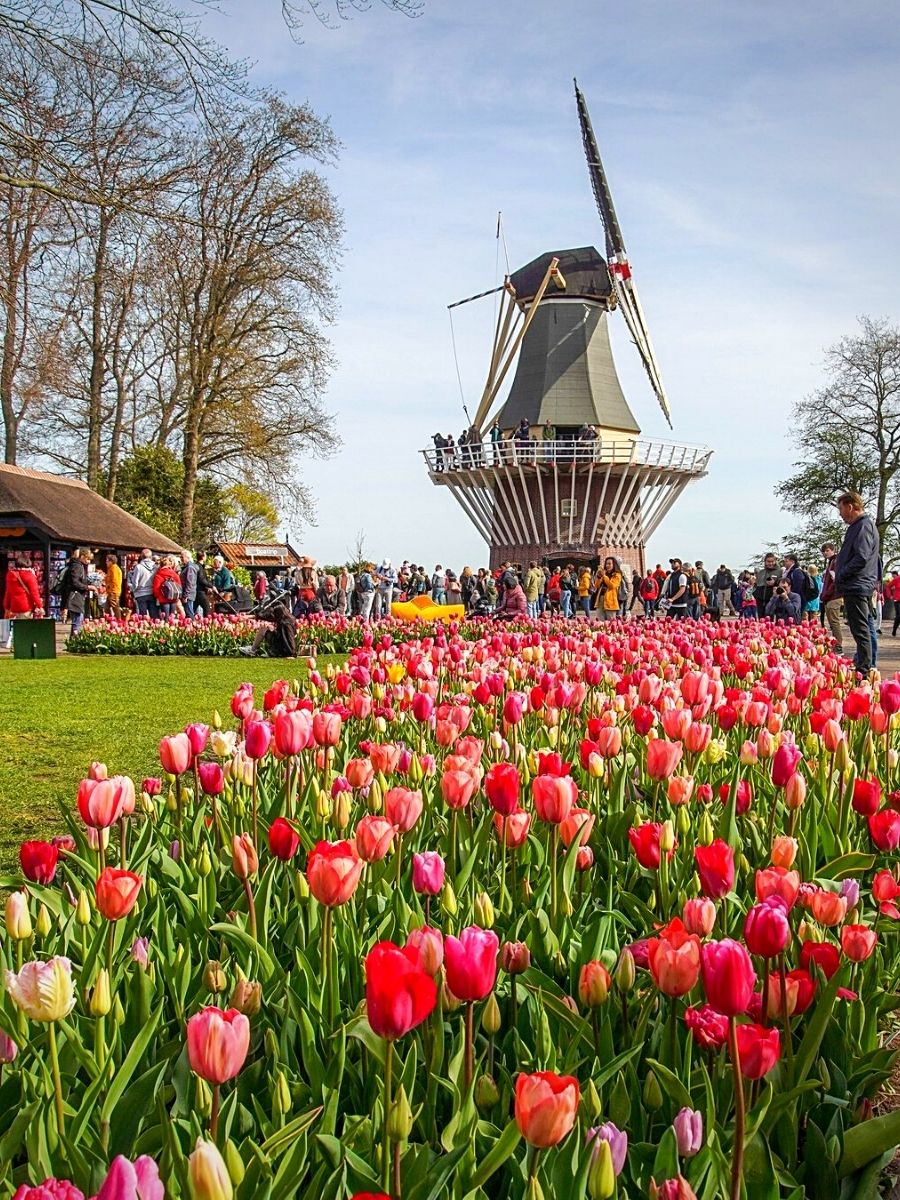
Photo by @visitkeukenhof
From its first year, Keukenhof has welcomed several members of the Dutch Royal Family. For instance, in that year, the former Queen Juliana was the patron of the exhibition. She made numerous visits to Keukenhof, both private and official, often as part of state visits during which she was accompanied by her four princess daughters, and her husband Prince Bernhard.
In 1962, the royal couple even visited Keukenhof as part of their 25th wedding anniversary. In 1974, the 25th edition of Keukenhof was special as Her Majesty Queen Juliana inaugurated a new pavilion, named in her honor. Nowadays, Keukenhof which boasts millions of flowers, is planted annually, providing a colorful spectacle in spring.
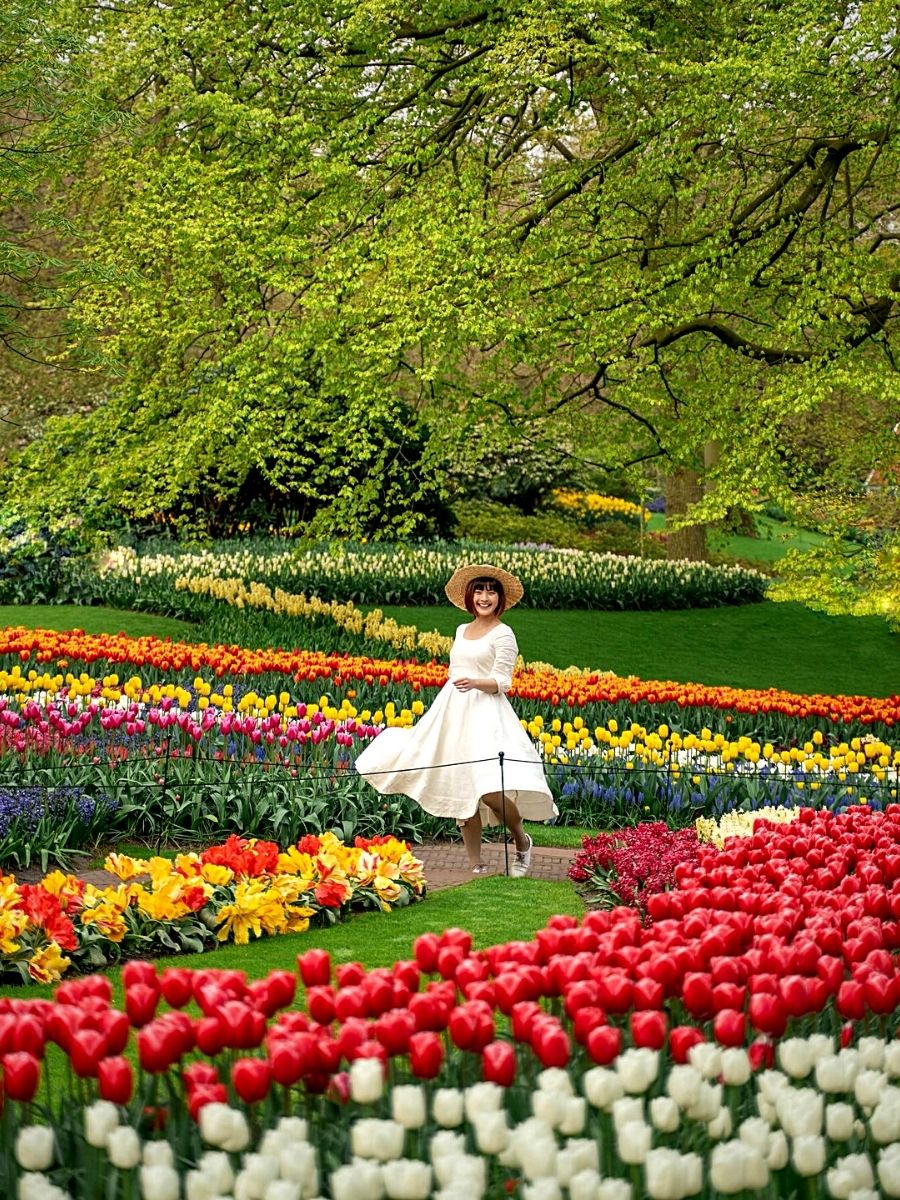
Photo by @girlwiththeredbob
Diamond Anniversary as Keukenhof Celebrates 75 Years
The 75th anniversary of Keukenhof in 2024 is a year of exceptional festivities. Such include exciting floral colors, mesmerizing flower arrangements, and innovative displays celebrating this historic landmark, as the park has since its establishment developed into a global marvel.
Special events have been planned throughout the season, including themed flower shows within the pavilions, live music performances among the flowers, and educational workshops on flower cultivation and garden design. Additionally, more exciting installations could be unveiled, further enriching the experience.
The park, which is 32 hectares in size, and the entire estate, including the castle, covering some 250 hectares and featuring 16 listed buildings, has at least 7 million bulbs with over 1,600 varieties planted. The flower bulbs are provided by 100 Dutch exhibitors, both flower bulb growers and exporters.
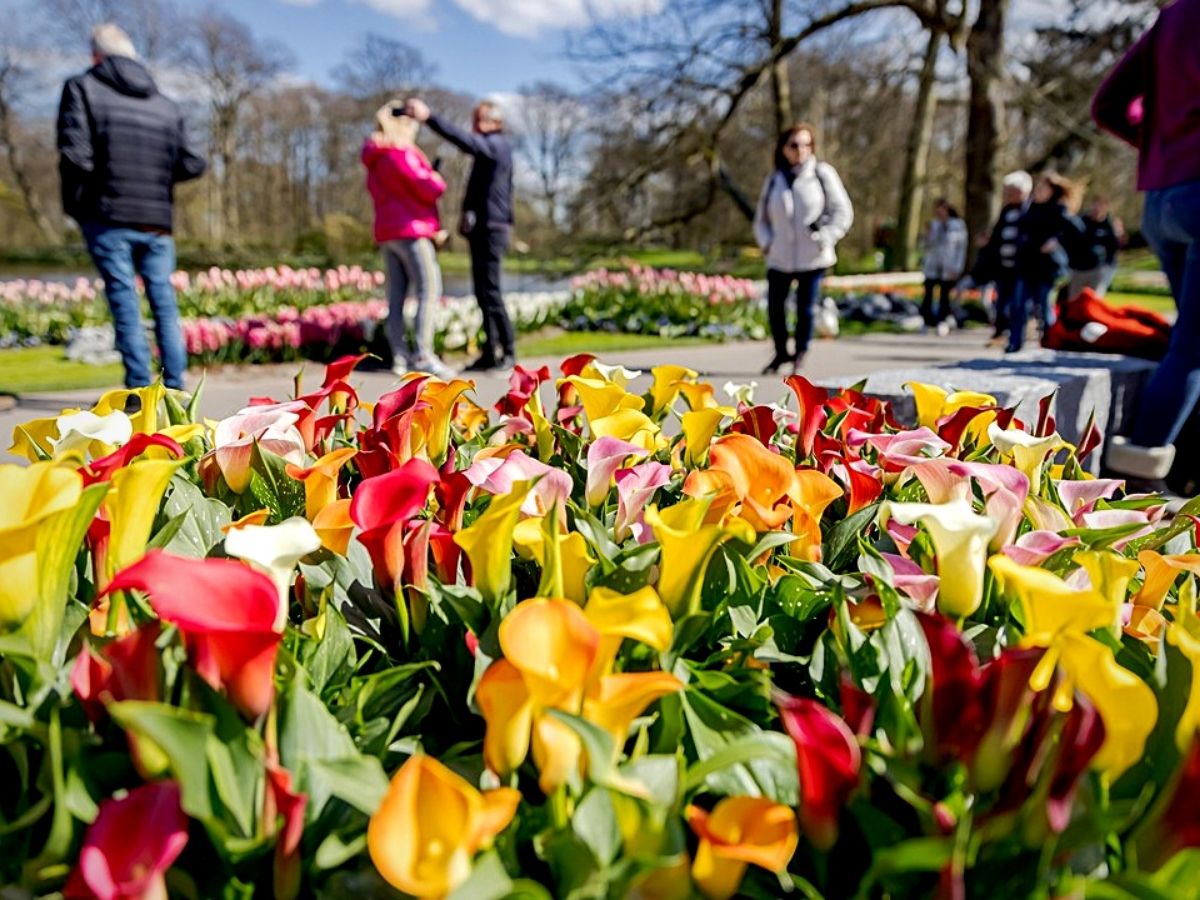
Photo by @visitkeukenhof
The occasion also provides an opportunity to recognize the commitment of breeders, growers, landscape architects, and staff who have always contributed to its success; from those involved in the hand-planting of millions of bulbs to the creators of the elaborate themed displays.
Spring 2024, the gardens welcomed 1.4 million visitors in the event's roughly eight weeks of whom 80% came from outside the country. They flock in from all over the world.
A visit to Keukenhof during the season is quite an experience unlike any other. Wandering through the paths, one is always received by a colorful scene and a fragranced air as the vast fields of tulips - the undeniable stars of the show - bloom in an array of colors and varieties. There are at least 800 different varieties of tulips on show, by the way! Apart from these, other spring flowers add to the experience. One has an opportunity to have a feel of other beautiful flowers like roses, lilies, carnations, irises, hyacinths, and daffodils.
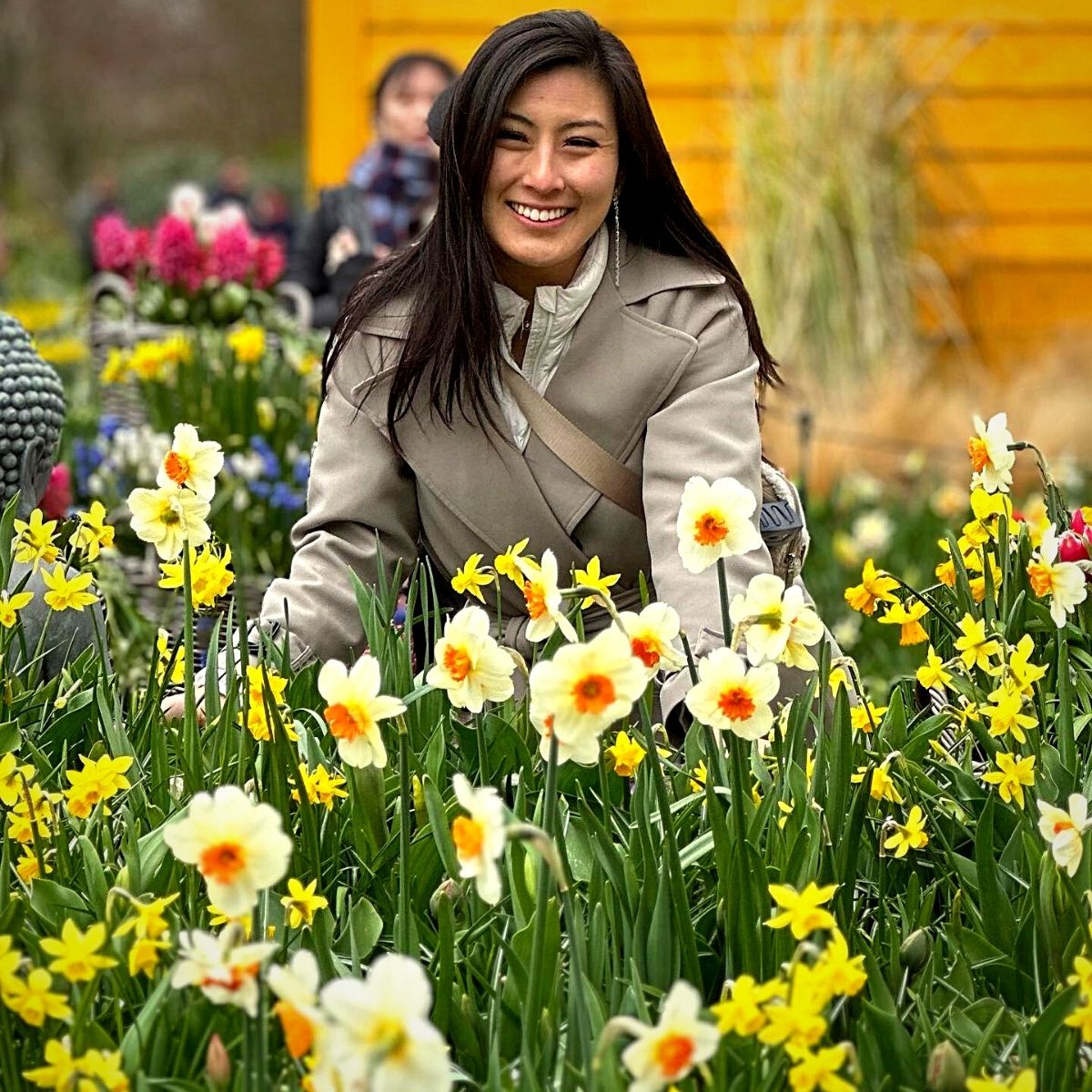
Photo by @catherine_y_liang
Also, there are usually different thematic mini-parks and gardens that cater to every visitor’s needs. For instance, the historic English landscape-style park, which dates back to 1857 showcases flowering bulbs, and visitors can acquaint themselves with the most beautiful trees, shrubs, plants, and flowers. The Tropical Beach Garden replicates a tropical environment with palm trees, sand, and hammocks, the Green Tea Garden has a huge selection of herbs and edible plants, and the Japanese-inspired garden comes complete with Japanese-style koi ponds.
Keukenhof Enhances Holland’s Tulip Heritage
The Netherlands is often associated with windmills and cheese. But it is also cherished for its tulips. This flower is synonymous with the refinement of springtime and has been inherently entrenched into the Dutch cultural and economic fabric for centuries.
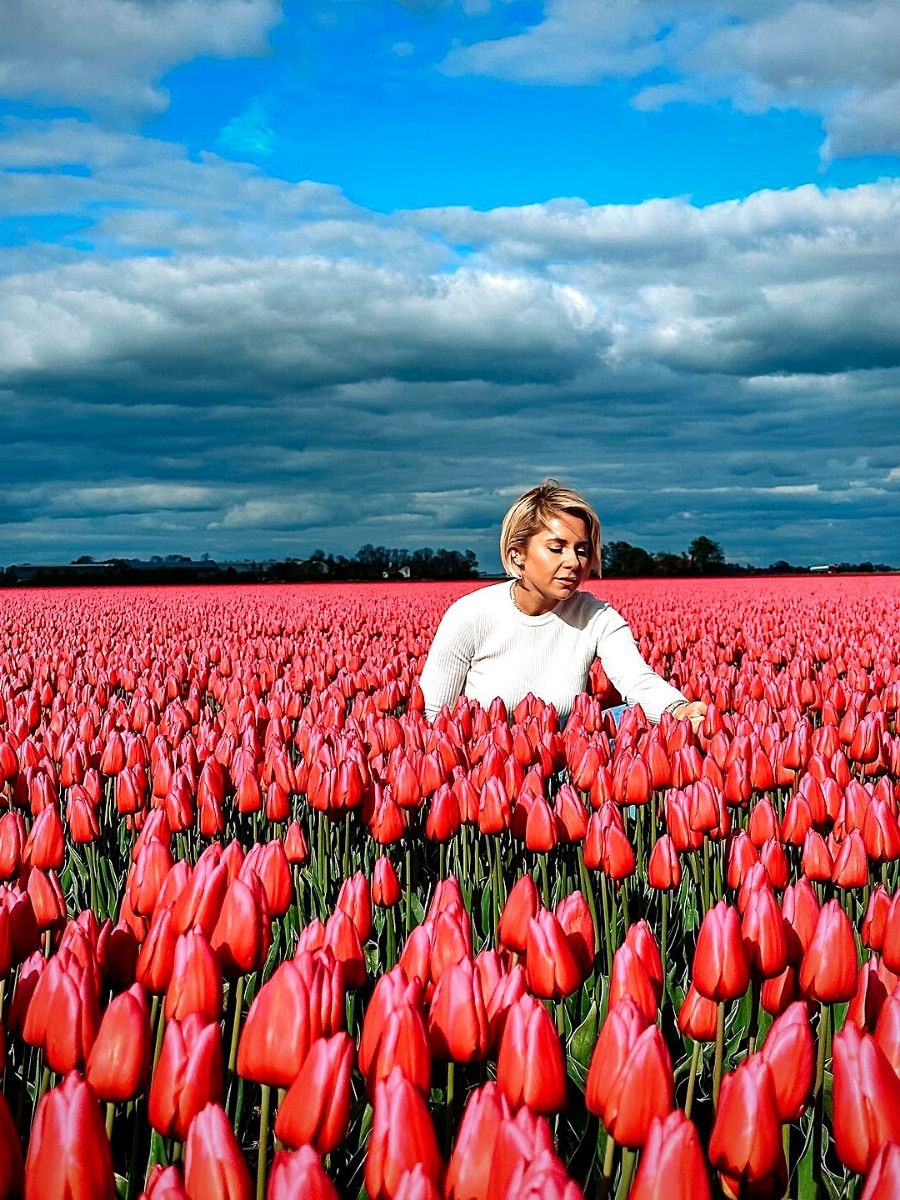
Photo by @gezvesaire
The story of the flower's arrival in the country is often attributed to Carolus Clusius, a Flemish botanist who was director of the Leiden University botanical garden. In 1593, he is believed to have received tulip bulbs from Constantinople (present-day Istanbul) and began cultivating them in Leiden. The flower's unique beauty and exotic allure quickly charmed its way into the heart of the Dutch horticultural community.
The early 17th century saw a growing interest in tulips among the Dutch elite as wealthy merchants, nobles, and even royalty began to collect and cultivate the flower, particularly its rarer varieties. This fascination with the flower fueled the ‘Tulip Mania’ between 1634 and 1637. The period saw a remarkable surge in tulip bulb prices. Driven by factors including speculation, limited supply, and the rise of futures markets, single tulip bulbs began to command hefty prices.
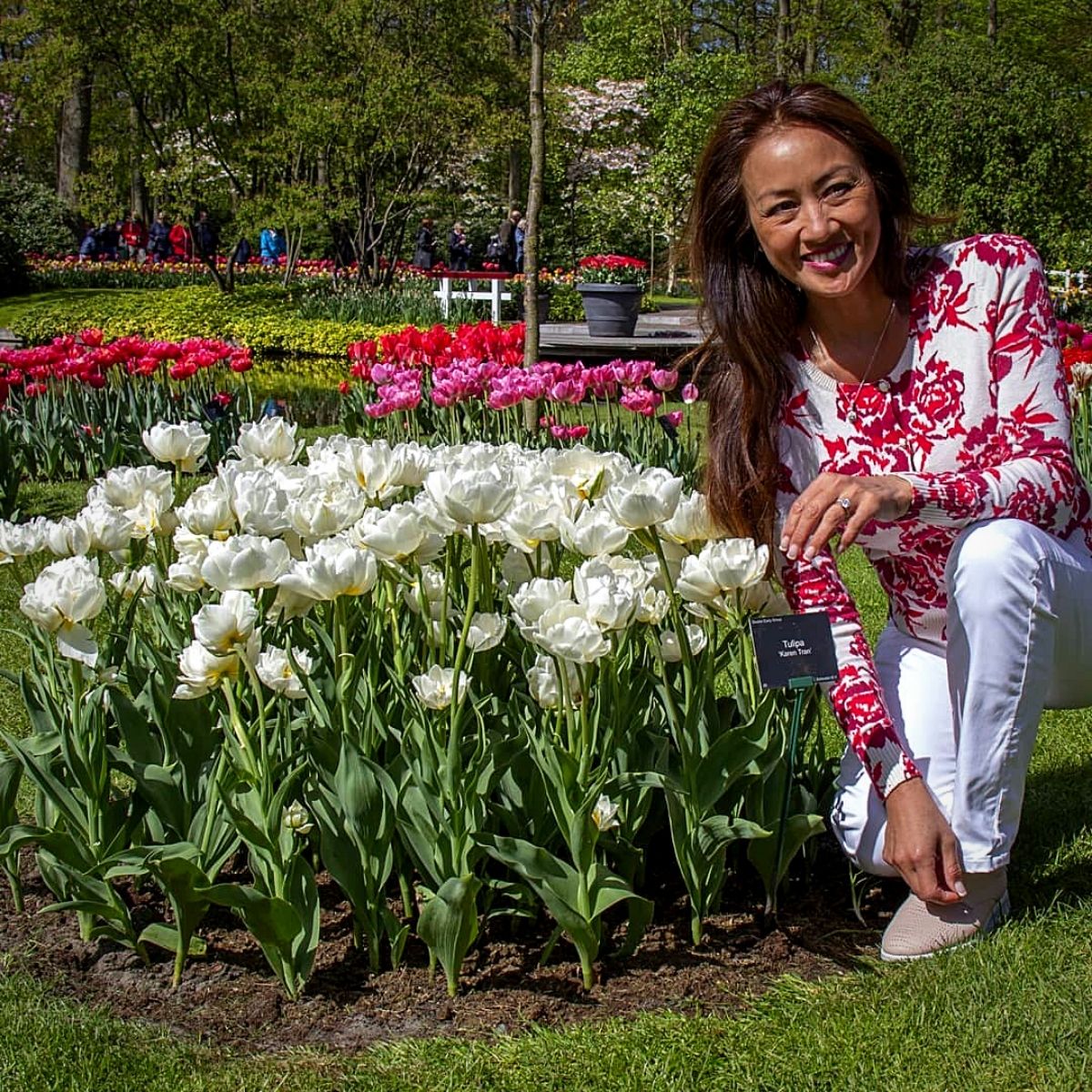
Photo by @visitkeukenhof
Yet, despite the economic chaos caused by the frenzy, its impact on the Dutch horticultural industry was important as the country soon became a global leader in tulip cultivation and trade, a position it still holds today. The expertise gained during the period helped develop advanced bulb breeding techniques and cultivate a vast array of tulips.
Today, the tulip remains an iconic symbol of the Netherlands. Vast fields of these colorful flowers flourish across the country each spring, transforming the landscape into a colorful spectacle. Keukenhof Gardens, as well, attracts millions of visitors annually with its dazzling displays of millions of these flowers. The flower, accordingly, continues to inspire Dutch designers, fashion icons, and musicians, further solidifying the notion that Holland is, indeed, the land of tulips.
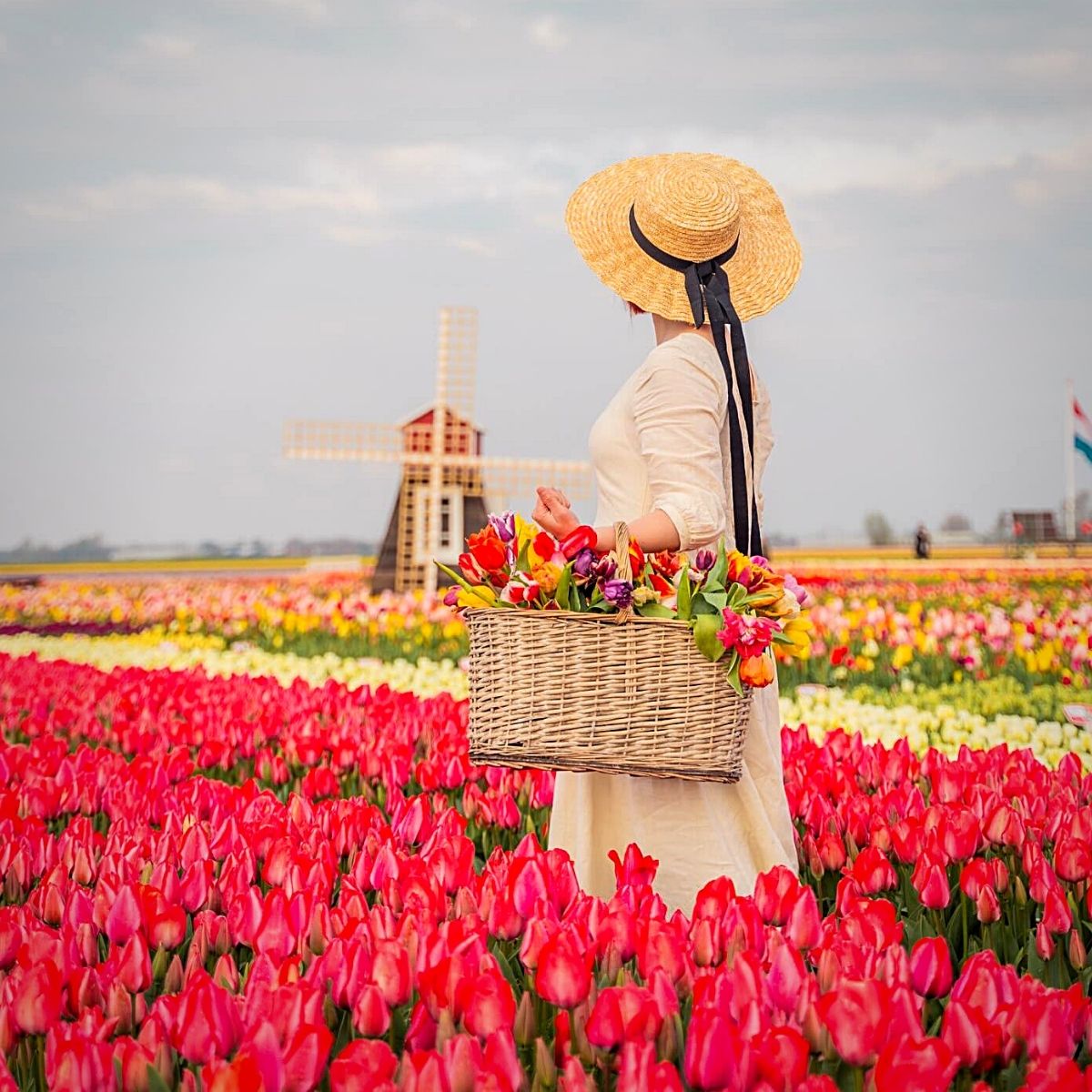
Photo by @girlwiththeredbob
The Pinnacle of Dutch Floriculture Promotion
Keukenhof, certainly, is a peak of Dutch floriculture. Its vast array of floral showcases entails a range of tulips alongside hyacinths, daffodils, lilies, and many more. The diversity emphasizes Dutch growers' expertise in flower cultivation. New flower varieties are often introduced at the event signifying the ongoing innovation within Dutch floriculture. These novelties stimulate visitors’ interest and showcase the cutting-edge techniques employed by Dutch breeders.
Keukenhof, also, attracts millions of visitors from across the globe, making it a prime platform for promoting Dutch flowers. The sheer scale and beauty of the gardens leave an enduring impression on these visitors, fostering a desire to experience Dutch flowers firsthand. Witnessing the floral displays inspires a passion for flowers in the guests. And the newfound appreciation translates to increased demand for Dutch flowers. This, in turn, boosts Dutch floriculture.
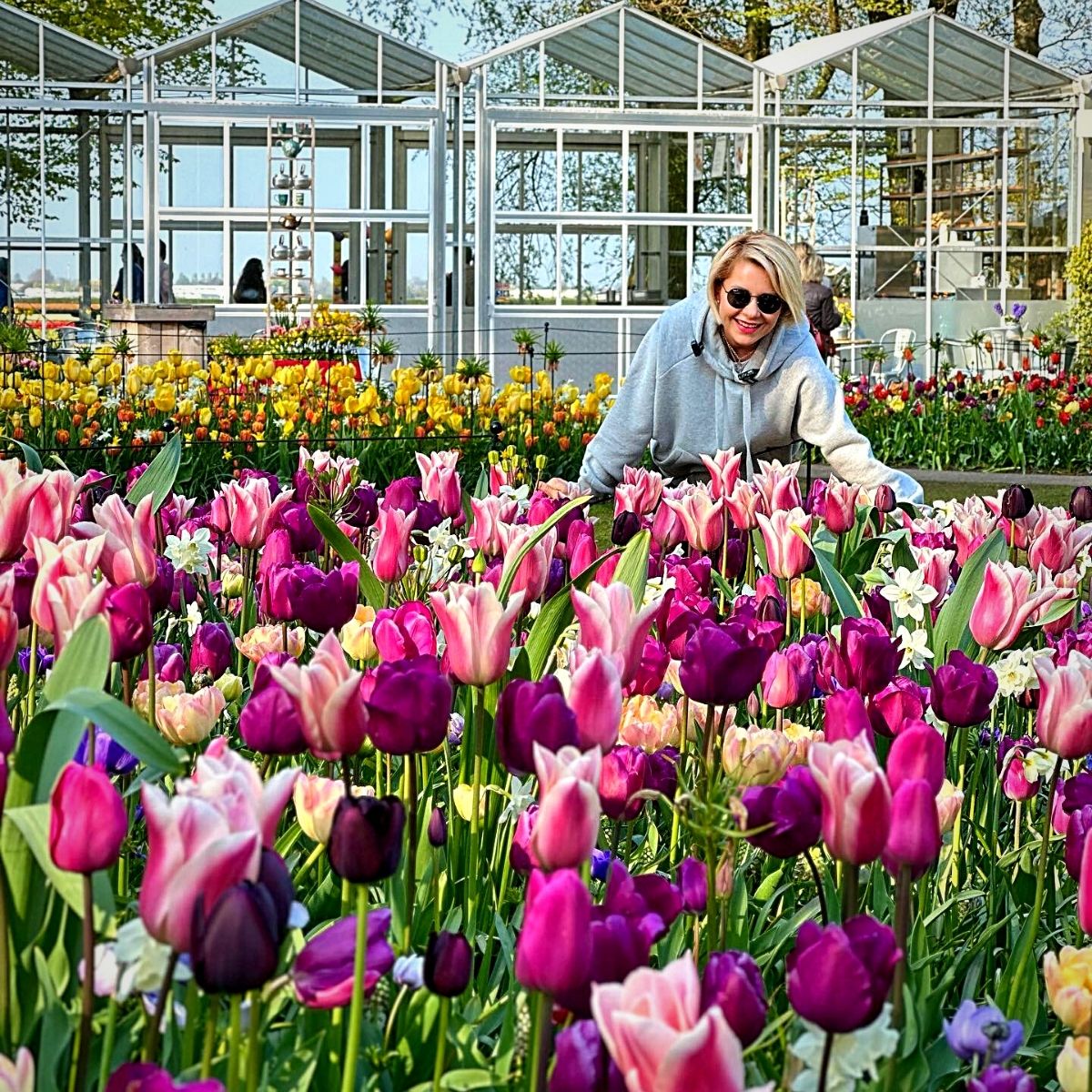
Hoto by @gezvesaire
The occasion, also, presents a platform for flower growers, exporters, and industry professionals to meet and network enhancing collaboration, knowledge-sharing, and the development of new strategies to promote Dutch flowers on a global scale. Visiting the garden, therefore, offers so much more than just a floral spectacle.
Feature image by @girlwiththeredbob, and header image by Visit Duin- en Bollenstreek.

